Art therapy has emerged as a highly effective approach to addressing teenagers’ various emotional and psychological challenges.
This therapeutic technique allows teens to express their feelings and thoughts nonverbally, which can be particularly beneficial for those who struggle with verbal communication.
Understanding Art Therapy

Adolescents often face unique developmental challenges, including identity formation, interpersonal relationships, and emotional growth. Art therapy provides a safe and supportive environment for teens to explore these struggles and better understand themselves.
Research has demonstrated that engaging in artistic activities can help alleviate symptoms of depression, anxiety, and trauma among teenagers. As a versatile and accessible form of therapy, art therapy has the potential to make a significant and lasting impact on teens’ mental health.
Its unique ability to address emotional and psychological issues through creative expression has become an important therapeutic option for many adolescents and their families.
Approaches to Art Therapy
Art therapy is a form of expressive therapy that utilizes creativity and art-making as a means for individuals to explore their emotions, develop self-awareness, and improve mental health.
One of the core principles of art therapy is that engaging in the creative process can be healing, particularly for adolescents who may struggle to express themselves through words alone.
Various approaches exist within the field of art therapy, each with its unique focus and methodology.
| Psychoanalytic Approach | Humanistic or Person-Centered Approach | Cognitive-Behavioral Approaches |
|---|---|---|
| Draw upon the theories of Sigmund Freud and Carl Jung to explore the unconscious and symbolic meaning of the artwork. | Emphasize the importance of the therapeutic relationship and the power of artistic self-expression as a means of personal growth and self-discovery. | Integrate art therapy with cognitive and behavioral techniques to help clients identify and modify negative thought patterns. |
Benefits of Art Therapy
Art therapy offers numerous benefits for teens, as it provides a safe, non-threatening environment for self-expression, and encourages the development of healthy coping mechanisms. Some of these benefits include:
- Emotional Healing: Art therapy helps teens to safely express their emotions, including anger, sadness, and anxiety, providing a release and an opportunity to perform deeper self-reflection.
- Enhanced Creativity: Participating in art therapy sparks innovation and encourages teens to explore new ideas, which can apply to problem-solving skills in everyday life.
- Improved Self-Esteem: The creative process of art therapy can increase self-esteem by giving teenagers a sense of accomplishment and pride in their artistic creations.
- Self-Awareness: Through creating and discussing their artwork, teens gain insights into their own thoughts and emotions, ultimately fostering a greater understanding of their mental health and cognitive processes.
- Social Skills: Group art therapy sessions allow teens to connect with others in a safe, supportive environment, promoting healthy communication skills and fostering empathy.
Overall, art therapy provides a unique and effective method for adolescents to process emotions, develop greater self-awareness, and enhance overall mental health through creative expression.
5 Art Therapy Activities
Art therapy is a powerful tool for helping teens explore their emotions, develop self-awareness, and cope with various challenges.
Here, we will explore some art therapy techniques that can be used to engage teenagers in their creative process.
1. Drawing
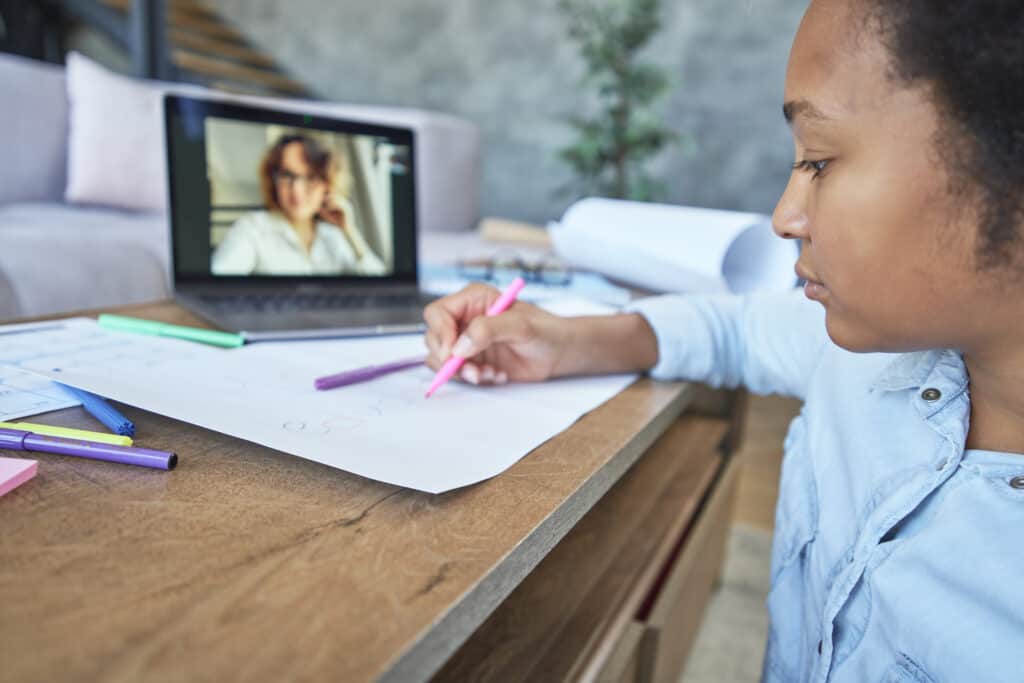
Drawing is essential to art therapy, allowing teens to express themselves visually while building their creativity. One popular drawing activity is the creation of mandalas, which are intricate circular designs often used to facilitate meditation and relaxation.
Teens can also engage in self-portraiture, drawing still-life subjects, or even illustrating their dreams and fears to process their emotions.
Using a variety of materials, such as pencils, charcoal, and oil pastels, allows teens to experiment with different drawing techniques and find the specific medium that resonates with their personal style and emotional expression.
2. Painting
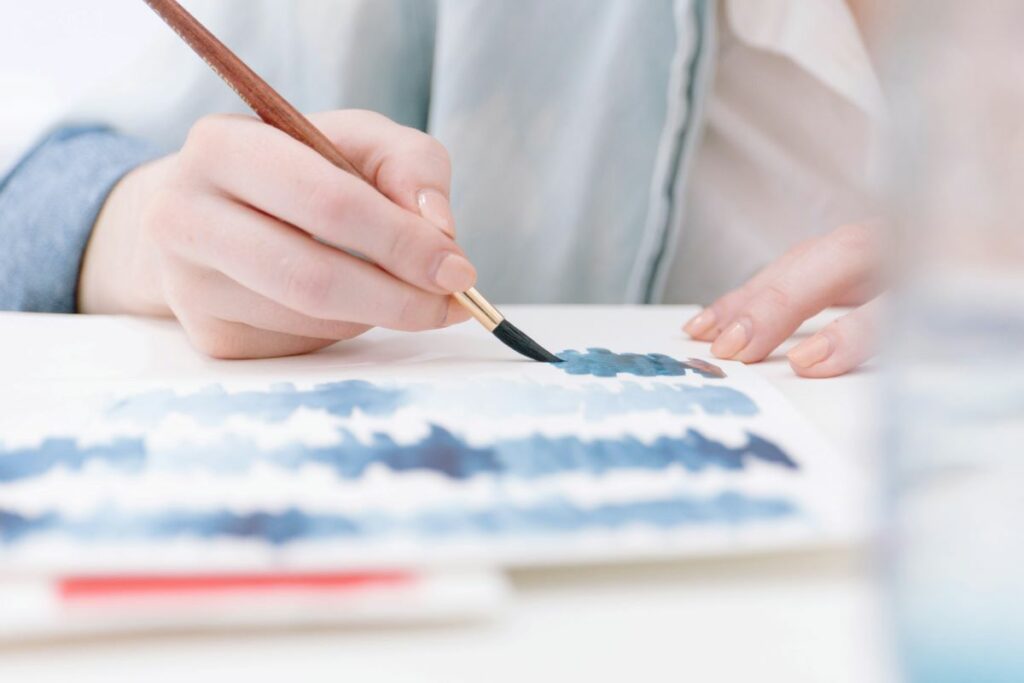
Painting can be another effective way for adolescents to explore their feelings and creativity. In an art therapy, activities such as intuitive painting, which involves painting without a plan and allowing the process to unfold naturally, can benefit emotional expression.
Therapists may also encourage using color to represent different emotions, wherein each color can symbolize a specific feeling. This technique allows teens to explore their emotions more deeply and develop a personal color vocabulary.
3. Sculpting
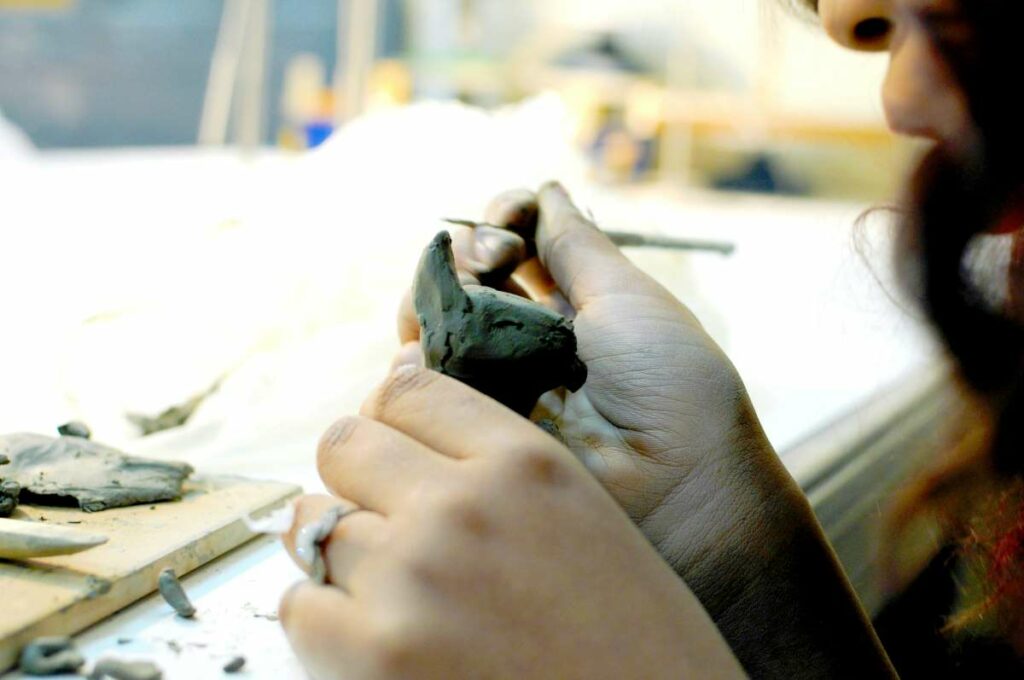
Working with clay and other sculpting materials can be a tactile and engaging way for adolescents to connect to their emotions in art therapy. Sculpting activities, such as working with clay, allow teens to mold and shape their feelings physically, creating tangible expressions of their emotional state.
Another sculpting option is using found objects, wherein teens can create sculptures from materials they choose, such as stones, sticks, or other items. These unique creations provide insights into their emotional world, thoughts, and experiences.
4. Collage
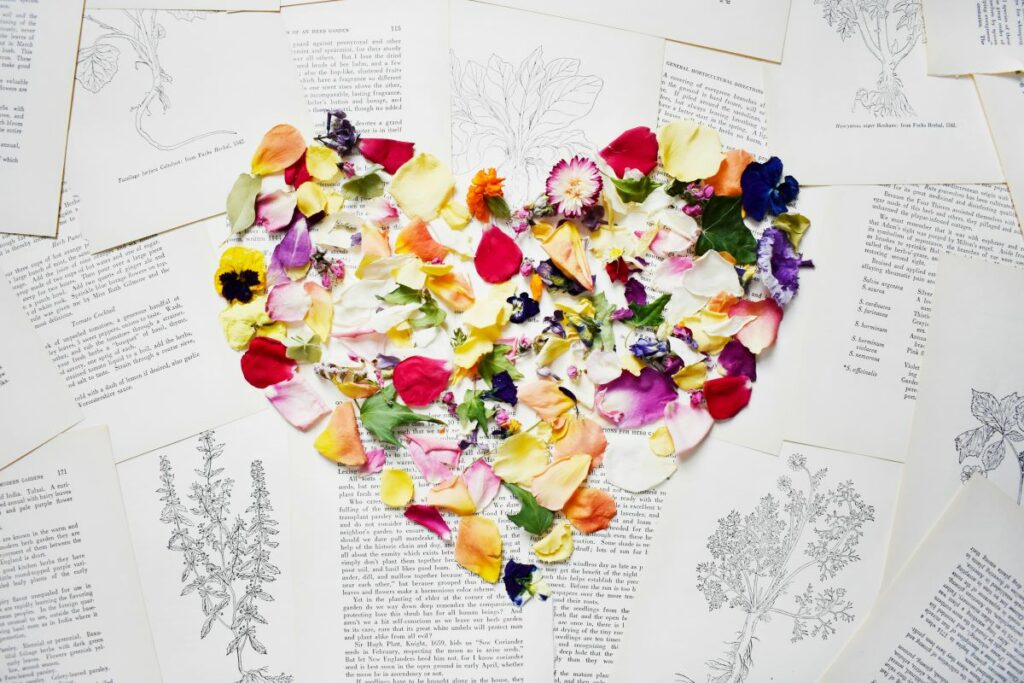
In art therapy, collage involves the assembly of various materials, such as images, textures, and colors, to create a visual representation of one’s thoughts and feelings.
For teenagers, collage offers a non-verbal means of communication, allowing them to convey complex emotions that might be challenging to express verbally. It encourages self-reflection, helping teens explore their identity, relationships, and the world around them.
Using collage as a means of expression teens can address a variety of issues, including stress, anxiety, self-esteem, and identity development. It can serve as a tool for processing trauma, navigating life changes, and fostering a deeper understanding of oneself.
5. Photography

In this form of therapy, teens use photography as a creative tool to capture images that represent their thoughts, feelings, and experiences.
One of the key benefits of photography as art therapy is its ability to provide a visual language for teens who may find it challenging to express themselves verbally. Through the lens, adolescents can convey their unique perspectives and communicate aspects of their identity, emotions, and personal narratives.
Additionally, this therapeutic approach encourages mindfulness, as teens focus on observing and capturing meaningful moments in their lives. Photography allows them to explore and document their surroundings, fostering a connection to the present moment.
Psychological Impact of Art Therapy
Art therapy has been increasingly recognized as an effective approach for addressing various mental health concerns in teens. It offers a creative and expressive outlet for adolescents struggling with emotional issues, providing a safe and non-threatening environment to explore their feelings.
Anxiety
Through the process of self-expression, young people can externalize their anxious thoughts and feelings, allowing them to understand better and manage their emotions. This, in turn, can reduce stress levels, enhancing overall psychological well-being.
Depression
Depression is another common issue faced by adolescents, and art therapy has been found to improve the mood and emotional state of those who suffer from it.
The creative process enables individuals to express and release negative emotions, providing an outlet for feelings that may remain bottled up and difficult to process.
Post-Traumatic Stress Disorder
For teens dealing with PTSD and other trauma-related disorders, art therapy can provide a crucial means of coping. The therapeutic process allows them to explore their emotional responses to traumatic events, gradually reducing the psychological distress associated with these experiences.
Adolescents can develop healthier coping mechanisms and resilience by addressing their emotional turmoil through creative outlets.
The Role of Therapist in Art Therapy

The therapist plays a crucial role in the success of art therapy for adolescents. Primarily, they provide a safe and supportive environment for teens to express themselves creatively, fostering open communication and trust.
Starting Point
In the initial stage of art therapy, the therapist focuses on assessing the teen’s individual needs. This assessment phase evaluates factors such as emotional well-being, cognitive abilities, and social skills.
The therapist then creates a tailored treatment plan that addresses the adolescent’s specific therapeutic goals, including personal growth, enhanced communication, or coping strategies.
Progress of Art Therapy Sessions
As art therapy sessions progress, the therapist maintains a clear and neutral approach, promoting self-exploration in their clients. This involves guiding teens through various art techniques and materials while encouraging them to delve into personal experiences and emotions.
The therapist carefully observes and interprets the artwork created by the adolescent, identifying recurring themes or patterns that might indicate underlying issues.
Treatment Plan
Throughout the art therapy process, the therapist continuously adjusts the treatment plan based on the teen’s progress and evolving needs.
They provide consistent support, feedback, and encouragement, empowering adolescents to explore and overcome personal challenges in a creative and safe environment.
Final Thoughts
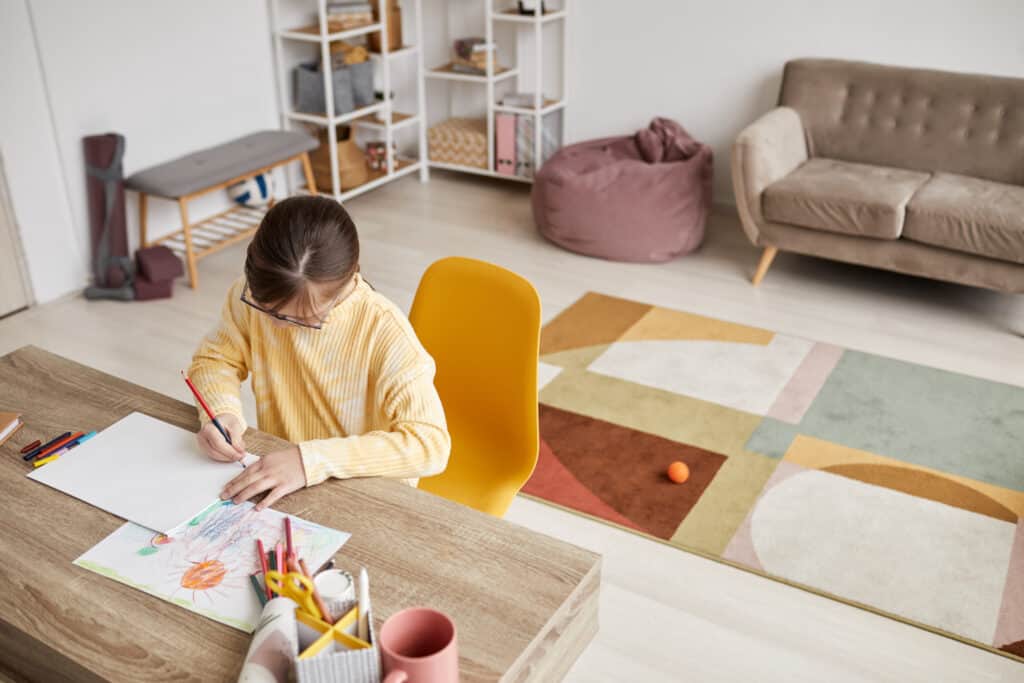
Art therapy is a valuable tool for helping teens navigate through complex emotions and challenges. It offers a safe space for self-expression and creative exploration, allowing adolescents to better understand their thoughts and feelings without judgment or pressure.
The use of art therapy for teens can result in positive outcomes, such as improved self-esteem, reduced anxiety, and enhanced interpersonal skills. The creative process empowers teens by providing them with a unique means of communication and an opportunity to gain insights into their difficulties.
Frequently Asked Questions
How does art therapy benefit adolescent mental health?
Art therapy can be highly beneficial for adolescents’ mental health as it offers a safe and creative environment to express themselves and explore their emotions without the pressure of verbal communication.
During art therapy sessions, teenagers can work through difficult experiences and emotions, such as stress, anxiety, or trauma, by creating art. This process can lead to increased self-awareness and emotional regulation, ultimately improving their mental health and well-being.
What techniques are used in art therapy for teenagers?
There are various techniques used in art therapy for teenagers, including drawing, painting, sculpture, collage, and digital media. The choice of technique often depends on the preference of the adolescent and the goals established during therapy.
Key to art therapy is the focus on the creative process rather than the final product or artistic skill. The process is intended to help the individual explore and express thoughts and emotions that may be difficult to convey through traditional counseling methods.
Are there age-specific art therapy approaches?
Yes, there are age-specific art therapy approaches that cater to adolescents, considering their unique developmental stage and emotional needs. For example, therapists may use group art therapy activities that encourage collaboration, peer interaction, and mutual understanding, which can help promote social skills and self-esteem amongst teenagers.
In addition, art therapy for adolescents may focus on identity exploration, coping strategies, and self-expression to help navigate their complex emotional landscape.
What mental health disorders can art therapy address in adolescents?
Art therapy can address a range of mental health disorders in adolescents, including depression, anxiety, trauma-related disorders, eating disorders, and self-esteem issues. It can be used as a standalone therapy or in conjunction with other therapeutic interventions, such as cognitive-behavioral therapy or medication.
It’s essential to remember that while many adolescents may benefit from art therapy, it may not be suitable for every individual. Therefore, it is crucial to consult with a mental health professional to determine the best course of treatment for each teenager.





